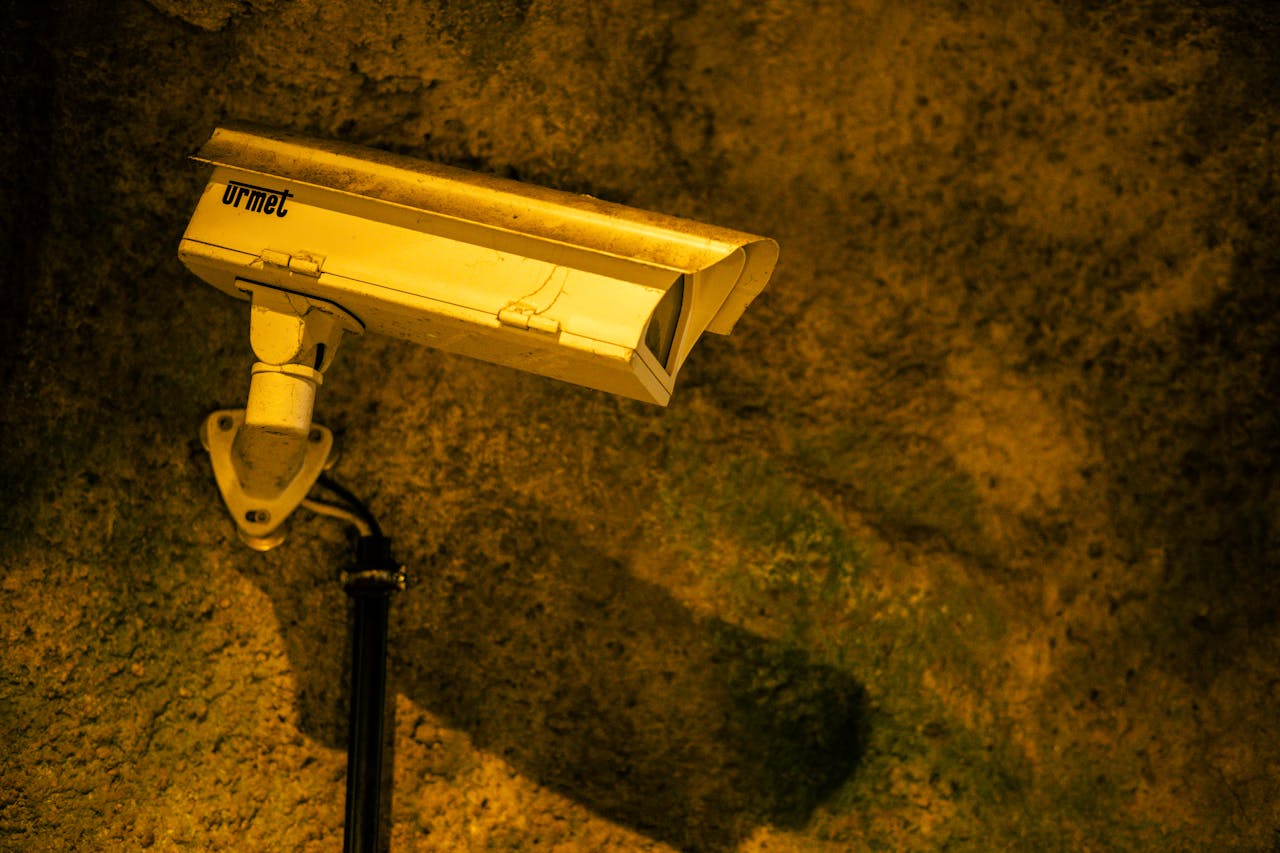
Photo by Patrick.
There’s a small green grocer near our office. And for reasons that aren’t entirely clear, they have an out-of-this-world swag program. Socks. Hats. T-shirts. Tote bags. You name it. At some point, we asked about all the branded merch and the owner shrugged and said, “My younger sister is a graphic designer.”
Great swag, solid produce, phenomenal vibes. What more could you want?
A few weeks ago, we wandered in and heard yelling. We live in a city. Occasional yelling is not unheard of but this was unusual. An older lady stood at the front of the check-out line and claimed she’d been shortchanged by the cashier. She demanded to speak to a manager. This may sound to you like a specific flavor of internet video and if that’s what you’re imagining, you’re not far off.
The cashier was the owner who talked to us about the swag. She is in the store every single day. And, as she explained to the lady demanding to speak to a manager…there is no other person more senior.
While waiting for our turn to cash out, we learned that the dispute was over how much money was put on the counter before the cashier made change. The lady swore she put down $22. The owner said there was just a $20 bill. Cool and calm, the owner explained that there are four separate cameras on the cash area at all times. And that if the lady wanted to confirm the correct amount of change, it would be easy enough to rewind any or all of those recordings.
She said, “This is good for us and it is good for you. So together, we can see what is correct.”
Objective source of truth
The all-seeing eye plays a key role in this story. It’s the reason the older lady is yelling and the owner is calm. Because the owner knows that whatever happens, there’s objective proof. Objective because she and her customers can all watch the same thing and all come to the same conclusion. And, ideally, get to a swift resolution.
This form of objective-truth surveillance shows up in lots of workplaces. Banks. Casinos. Warehouses. We have a standard way things are supposed to happen, and we have a host of tools for spotting deviations. Sometimes those deviations are about protecting our employees within the workplace. And sometimes those deviations are about protecting the workplace from our employees. But either way, the idea is that we have a clear record of what has or hasn’t happened on any given day.
The allure of an objective record has moved well-beyond cameras pointed at blackjack dealers. The tools of modern corporate surveillance are cheap and plentiful and showing up all over the place.
RTO efforts lagging? With a good tap-to-enter badge reader, you can not only find out when your staff are getting in, you can also spot every mid-morning Starbucks run.
Worried your workers aren’t loving the new mandatory AI tooling? You can instrument usage/adoption and automatically notify them (or, let’s be honest, fire them) when they fall below a critical threshold.
Need an aligned workforce? It’s never been easier to spot when folks are in another window during the mandatory All Hands. And if they are shit-talking during the CEO’s presentation? You can pull full chat records and fire anyone involved.
And if you’re the employee? Worried that you’re about to be fired because you were shit-talking, or not using AI, or not badging in on Wednesdays? You can surveil them right back. Record your call with HR and post it to TikTok. Prolly still gonna get fired and the social media manager at your former employer may never speak to you again. But at least you have a record of how it all went down.
Good cop, bad cop
It’s not actually that all forms of logging or monitoring at work are problematic. Lots of sales and support teams use Gong, or something like it, to record calls For Quality and Training Purposes. Software teams use github, or something like it, to track who made which changes to this code, and who reviewed those changes, and why did we make those changes in the first place. Network security teams record it any time someone with admin access logs in remotely and that’s not about RTO, it’s about APTs.
Are those things all surveillance? Like…kinda? But it hits different when it’s clearly in everyone’s interests. Once you’ve been part of a team that post-mortems recorded calls as a way to share knowledge and level everyone up, you immediately understand why it’s helpful. The first time you use a version-control system as a software developer (or “Track Changes” in a word processor — basically the same thing!) you wonder how you ever lived without it.
No one wonders how they ever lived without having their attendance taken.
We should be clear here, too: the difference between helpful support and…cop shit?…is not in the tool, it’s in the application. Splitting semantic hairs isn’t productive, there isn’t a “good monitoring” bucket and a “bad surveillance” bucket so much as there’s a continuum from helpful to harmful. The exact same tool can exist at wildly different points on that continuum depending on how it’s used. And bosses, this is where you come in.
Enthusiasm and Application
The first and easiest gut check in terms of whether your workplace surveillance is helpful or harmful is this. Is your team enthusiastic about its use? If you took it away tomorrow, would they ask for it back? Not every sales person loves their calls being recorded, and every engineer has complaints about their version-control system, but most of the time they wouldn’t want to lose those things, either.
And if you’ve noticed that enthusiasm implies awareness and consent? That your team can’t possibly be enthusiastic about surveillance you haven’t told them is happening, or that they haven’t opted into? Yes! For sure! Gold star! If you feel a need to conceal the surveillance you’re doing from your team, that’s a strong signal that we’re into cop shit.
The more fulsome test is to look at how this tool is applied. Whether it’s security monitoring or badge swipes or who opened the CEO’s email. Whether it was marketed as a productivity enhancement or a management aid or a workplace convenience — how is that information actually used within your organization today? Lots of tools and technologies ride in on a wave of hype and positivity but if the actual use in practice is for targeting, for pressuring, or for punishing, then that’s what the tool actually does. And that’s what your culture is.
You can’t surveil your way to a thriving culture. Targeted, punitive surveillance doesn’t restore trust, it erodes it. That is, to put it mildly, a disaster for your organization. High-trust teams massively outperform low-trust ones, on top of just being substantially better vibes. Restoring that is hard work, and it comes from treating your people like trustworthy adults who show up wanting to do a good job. It doesn’t come from better monitoring. It comes from better management.
— Melissa & Johnathan






